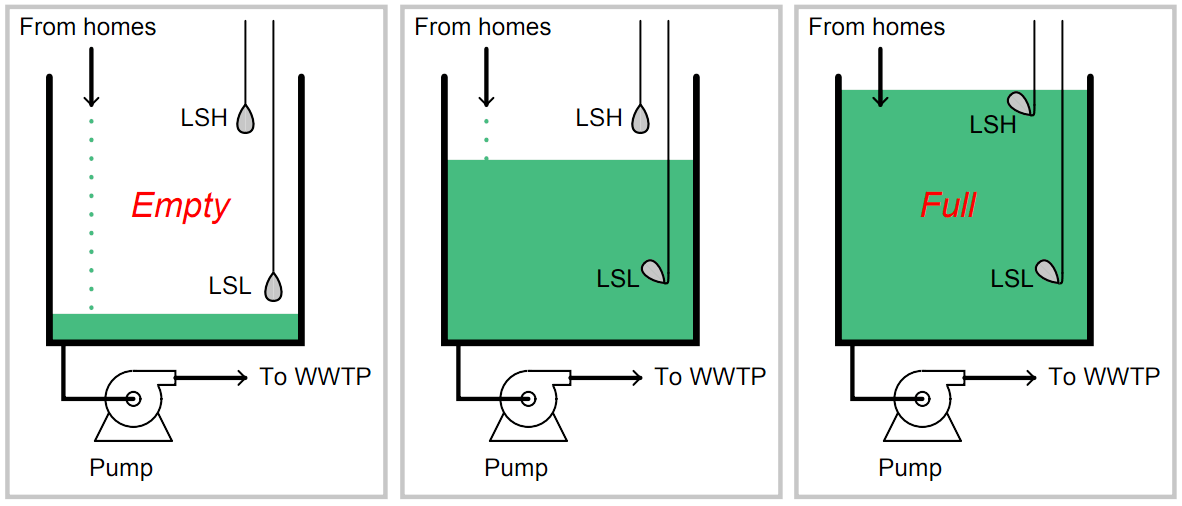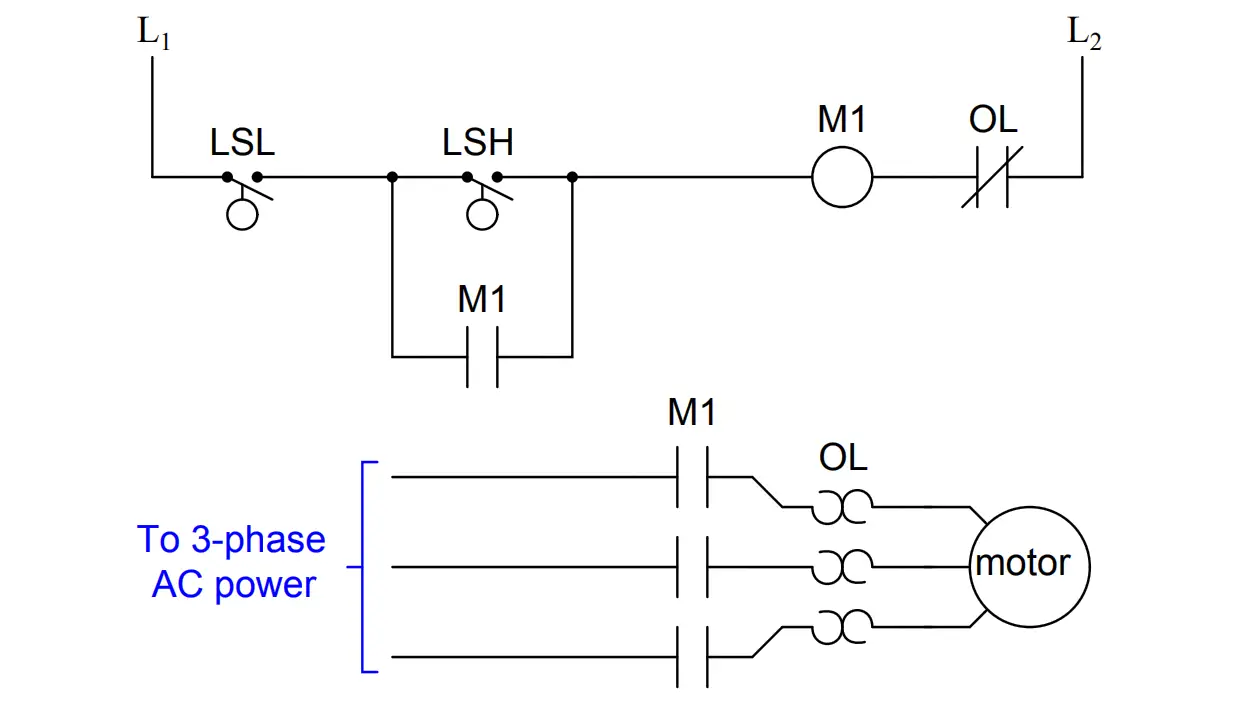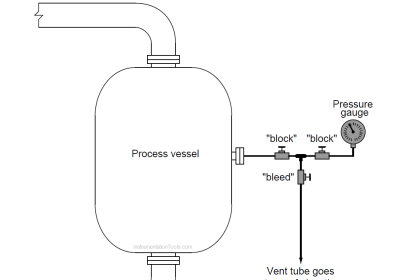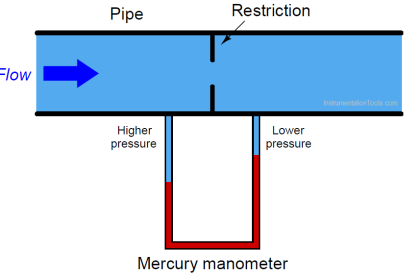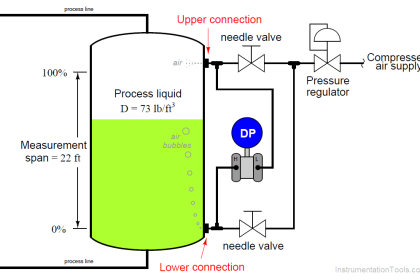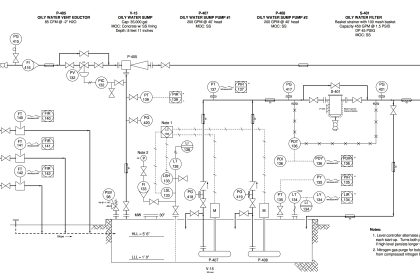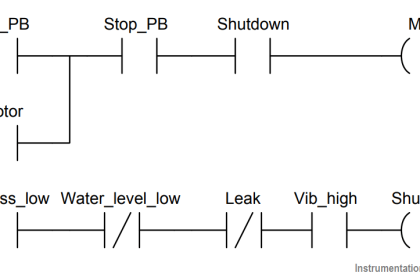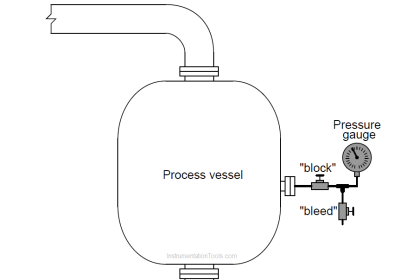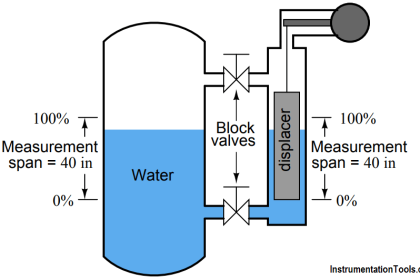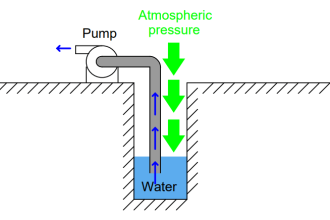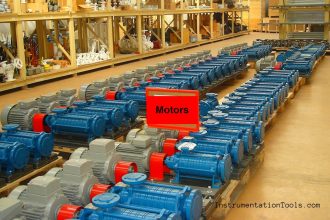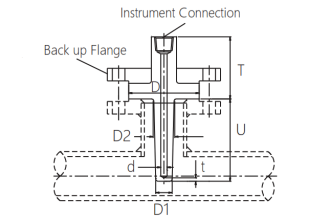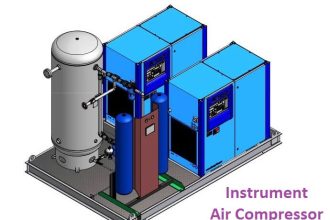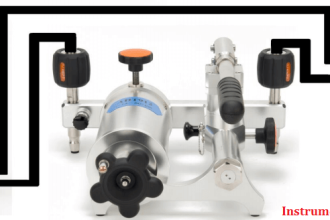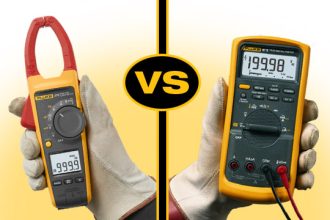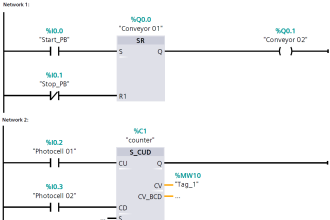Liquid Level Switch Control Logic
A form of liquid level switch called a tilt switch is often used for detecting sewage level in “lift stations” where sewage collected from homes via gravity is pumped out of the collection sump to the wastewater treatment plant (WWTP) (usually located miles away):
Tilt switches often use a small glass vial containing liquid mercury as the tilt sensor. Explain how a glass tube partially filled with mercury works as an electrical tilt switch, and also perform a “thought experiment” where you describe this system’s function from start to finish through a complete start-stop cycle of the pump motor:
Explain the following questions :
- What would happen if the OL switch failed open in this system ?
- What would happen if the LSL switch failed open in this system ?
- What would happen if the LSH switch failed open in this system ?
- What would happen if the LSL switch failed shorted in this system ?
- What would happen if the LSH switch failed shorted in this system ?
- What would happen if the LSH switch failed shorted in this system ?
- What would happen if the M1 seal-in contact failed open in this system ?
- What would happen if the M1 seal-in contact failed shorted in this system ?
Share Your Answers via Comments
Credits : by Tony R. Kuphaldt – under CC BY 1.0
